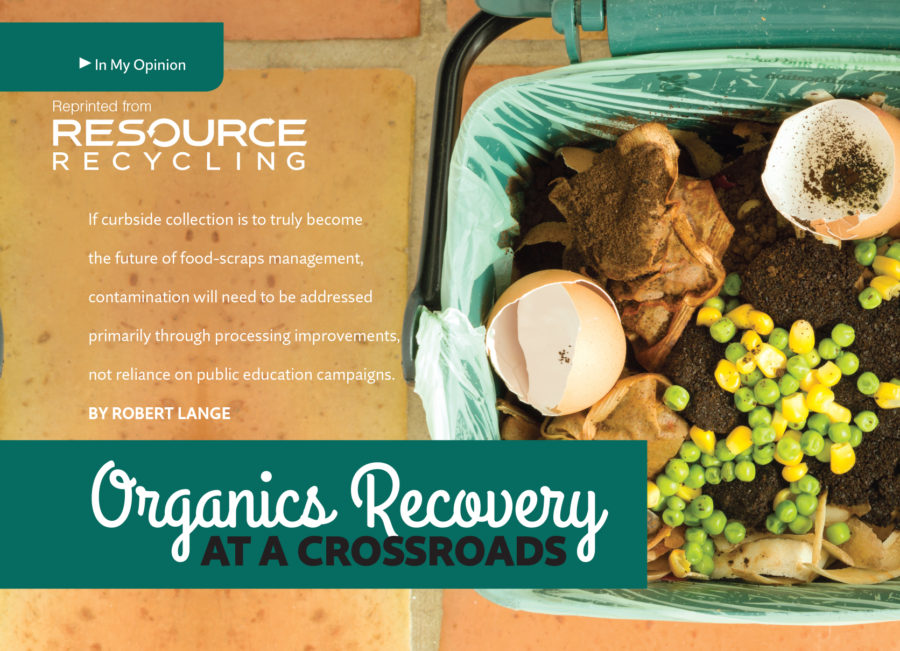 U.K. residents panic over contamination rates, and where you recycle that bottle differs greatly among countries.
U.K. residents panic over contamination rates, and where you recycle that bottle differs greatly among countries.

 U.K. residents panic over contamination rates, and where you recycle that bottle differs greatly among countries.
U.K. residents panic over contamination rates, and where you recycle that bottle differs greatly among countries.
 Since the European Commission unveiled its Circular Economy (CE) package last December, there has been significant discussion around the proposed legislation. And perhaps the most vexed topic to date has been how best to calculate recycling rates in the EU and whether to include reuse activities in that determination.
Since the European Commission unveiled its Circular Economy (CE) package last December, there has been significant discussion around the proposed legislation. And perhaps the most vexed topic to date has been how best to calculate recycling rates in the EU and whether to include reuse activities in that determination.
This story originally appeared in the June 2016 issue of Resource Recycling.
Subscribe today for access to all print content.

A city in Tennessee wants to get glass out of its single-stream system, and a Hawaiian county eliminates several recycling programs.
 After months of negotiations between city officials and the owner of an idled, state-of-the-art mixed-waste processing center, there is hope that an agreement will be reached in the near future.
After months of negotiations between city officials and the owner of an idled, state-of-the-art mixed-waste processing center, there is hope that an agreement will be reached in the near future.
 Glass recycling in Georgia has taken a beating in the public eye as of late, with some programs pushing to remove bottles and jars from curbside carts and media reports questioning glass recycling’s value.
Glass recycling in Georgia has taken a beating in the public eye as of late, with some programs pushing to remove bottles and jars from curbside carts and media reports questioning glass recycling’s value.

Cody Marshall, The Recycling Partnership
The State of Curbside Recycling Report offered one of the most comprehensive assessments to date of the factors affecting municipal collection. The lead researcher for the study discusses some of the statistics and surprises (see related story).
 A materials recovery facility in Seattle recently reopened with new sortation equipment, which is allowing for greater throughput and cleaner end products.
A materials recovery facility in Seattle recently reopened with new sortation equipment, which is allowing for greater throughput and cleaner end products.
